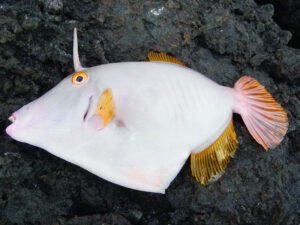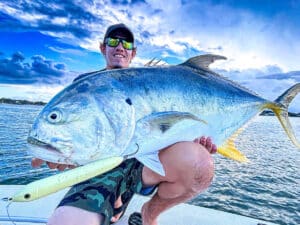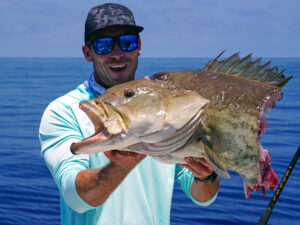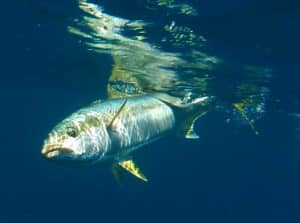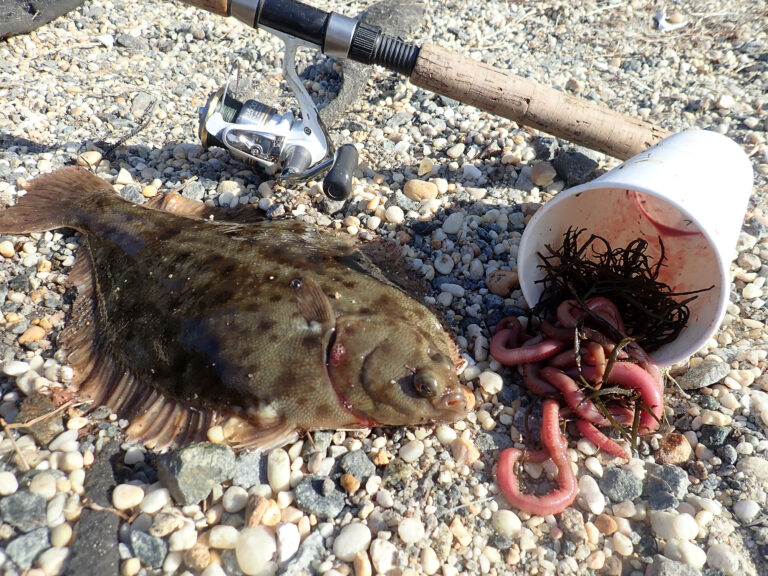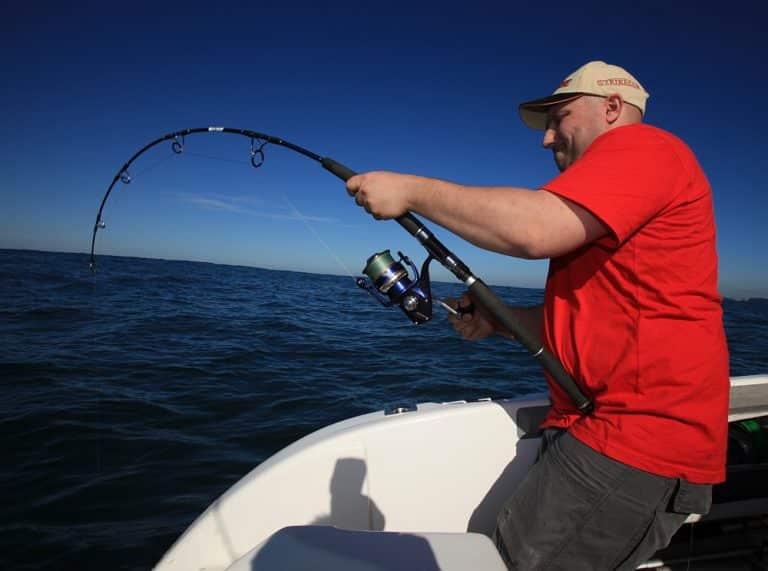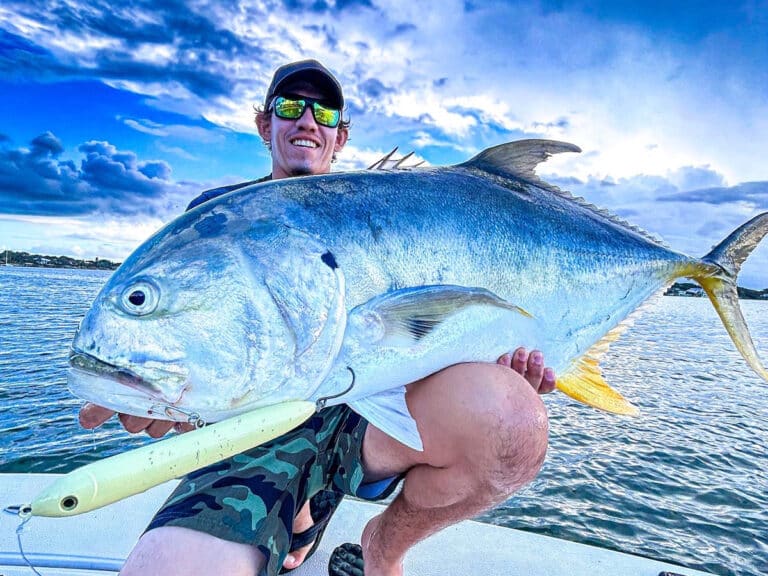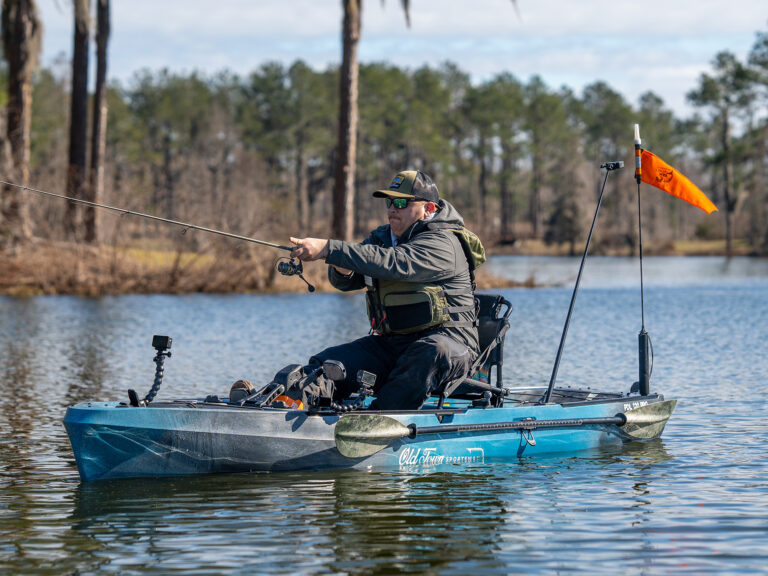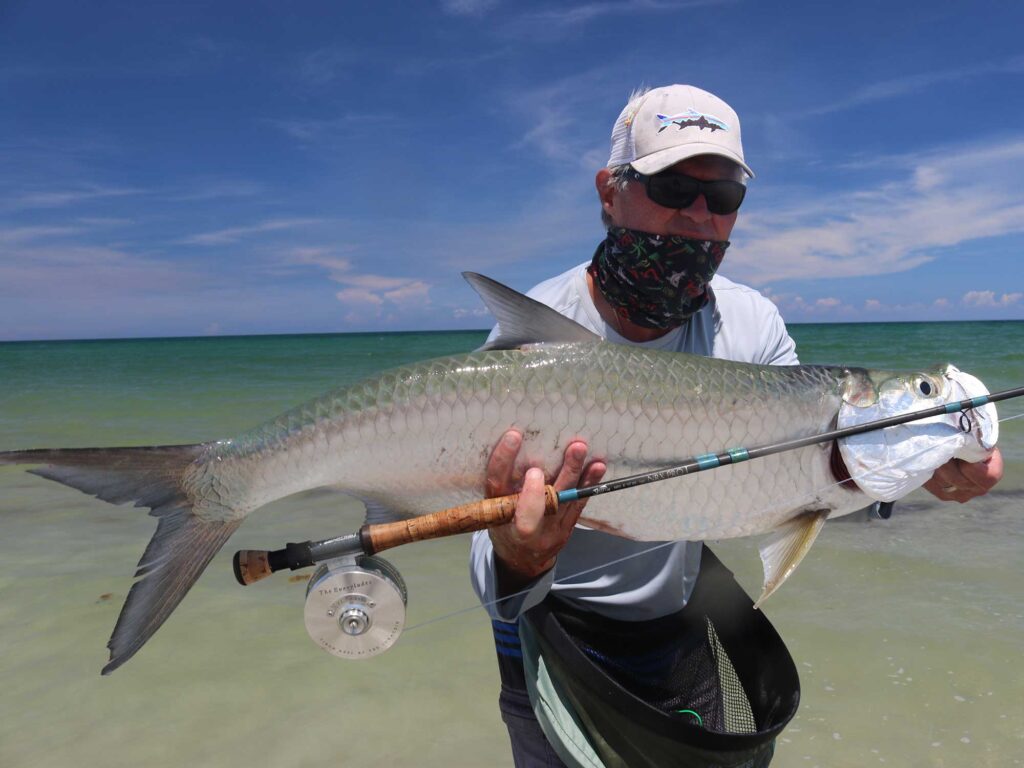
The best Florida saltwater anglers know how to follow the fish. A hotspot one day might be barren the next when fish are on the move. Migratory fish urges set in once autumn arrives, and depending on the Florida species, cooling waters can trigger fish to scatter along the coast, or even offshore. Both resident and highly migratory species are involved.
The home bodies — such as spotted seatrout, redfish and snook — don’t go far. Popular beach runners such as pompano, Spanish mackerel and bluefish are the long-range travelers that come from northern waters. They follow their preferred water temperatures into Florida when fall arrives. Still, surf casters can tell you these three species are available year-round in Florida waters in limited numbers.
Water temperature is the main driver for all of the aforementioned fish movement. However, forage availability (which is tied to not only water temperature, but to salinity and habitat changes) also has a bearing on when fish move and where they go.
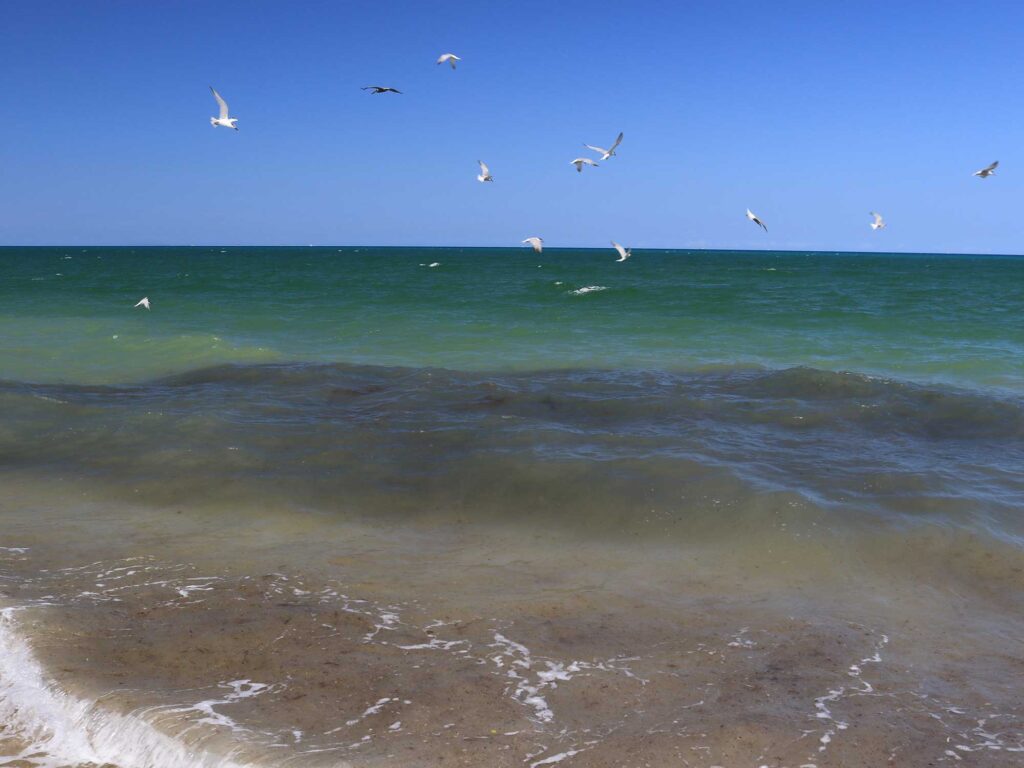
When Gamefish Move from Open Waters to Backwaters
Years ago, I learned how seasonal changes affect fish in the Ten Thousand Islands area on Florida’s Gulf Coast. I quickly learned enough of the territory to know the difference between the “inside” and the “outside” waters. Inside was from a line roughly halfway between the open Gulf of Mexico and the mainland creeks that lead deep into the Everglades’ freshwaters. Outside meant from that same point out to the open Gulf.
My favorite spring and summertime grass flats on the Gulf side became devoid of the specks by late December once cold fronts came through twice a week. I lucked into tight schools of them around oyster bars of the inside bays. Severe January cold snaps forced them into the salty mangrove-lined creeks and rivers of the mainland.
The same was true about red drum and snook. During September and October, the two species were commonplace around the outside islands and oyster bars on the edge of the Gulf. But when it cooled down, they moved deep into the backcountry. And they did not come out until April, unless winter was mild. Those migrations are very short, but unmistakable.
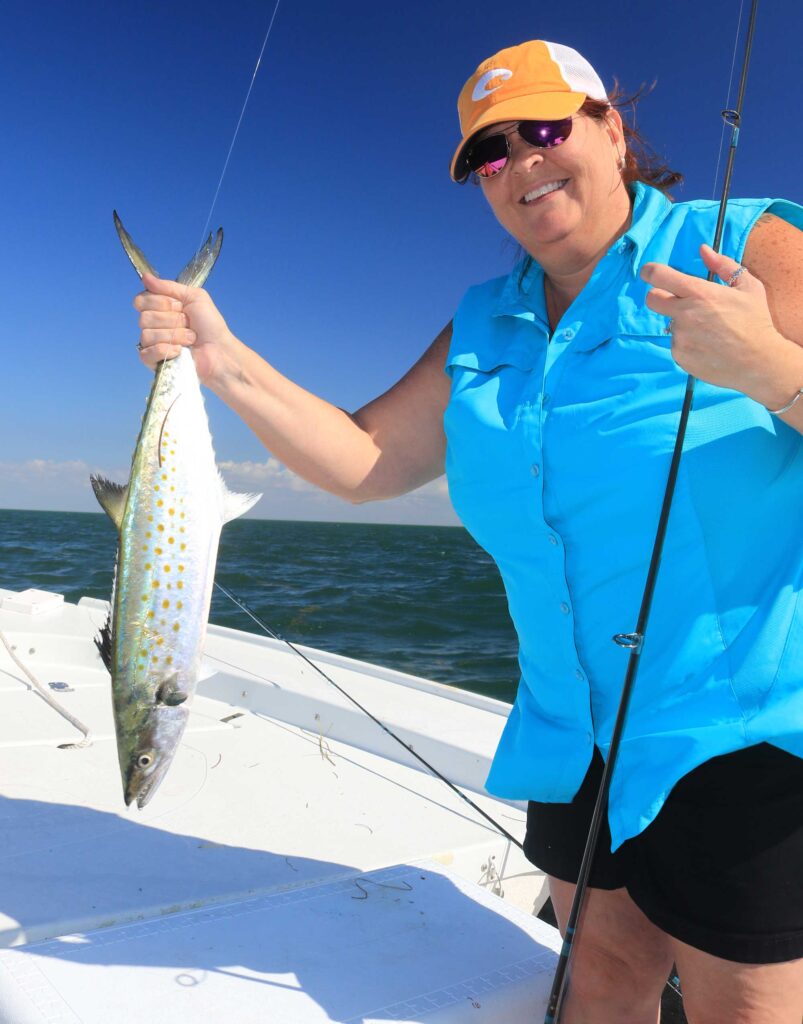
Moving from Flats to Offshore Waters
Florida Bay might have the best summertime inshore mangrove snapper fishery in the state, mostly over grass in 5 to 8 feet of water. It peaks in late summer, but by November, most of the fish of legal size move out to deeper water, on both the Gulf and the nearshore Atlantic reefs off the Keys. The void they leave is quickly filled by hordes of Spanish mackerel, cobia and pompano that originate in Panhandle waters. Those fish stay until May, before heading north, and the snapper return.
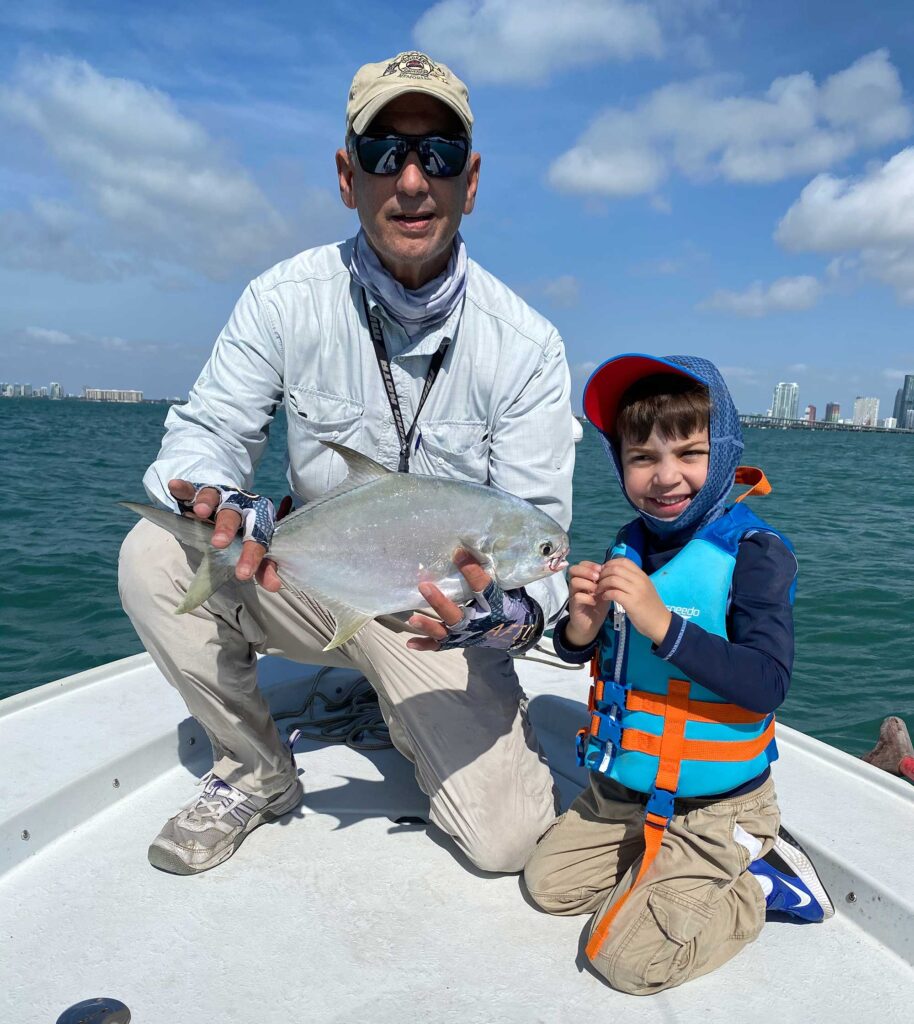
Gamefish Head South for the Winter
Pompano — officially Florida pompano — are sensitive to water temperature fluctuations. I chase them both in the surf with bait and surf gear and with fly rods when they enter the Indian River Lagoon. By January, chances are the water temperatures from Hobe Sound north may fall below 63 degrees F, and that triggers them to move south en masse.
Though it’s been on the mild side in recent years, I recall a handful of seasons when the pomps vanished from their normal spots, so I scouted waters as far south as West Palm Beach. The beaches there were swarming with pompano. A 5-degree water temperature difference was the key.
Biscayne Bay bonefish are a perfect example of a fish on the move. Autumn water temperatures are ideal, so October and November see lots of hungry fish on the flats — both on the mainland and oceanside. But a cold December through February sends them to primarily the Atlantic oceanside flats, or into deeper water such as nearshore patch reefs.
Inside Tip: Bonefish are known to “huddle up” in schools of hundreds and head south to the Keys to find the warmest water possible.
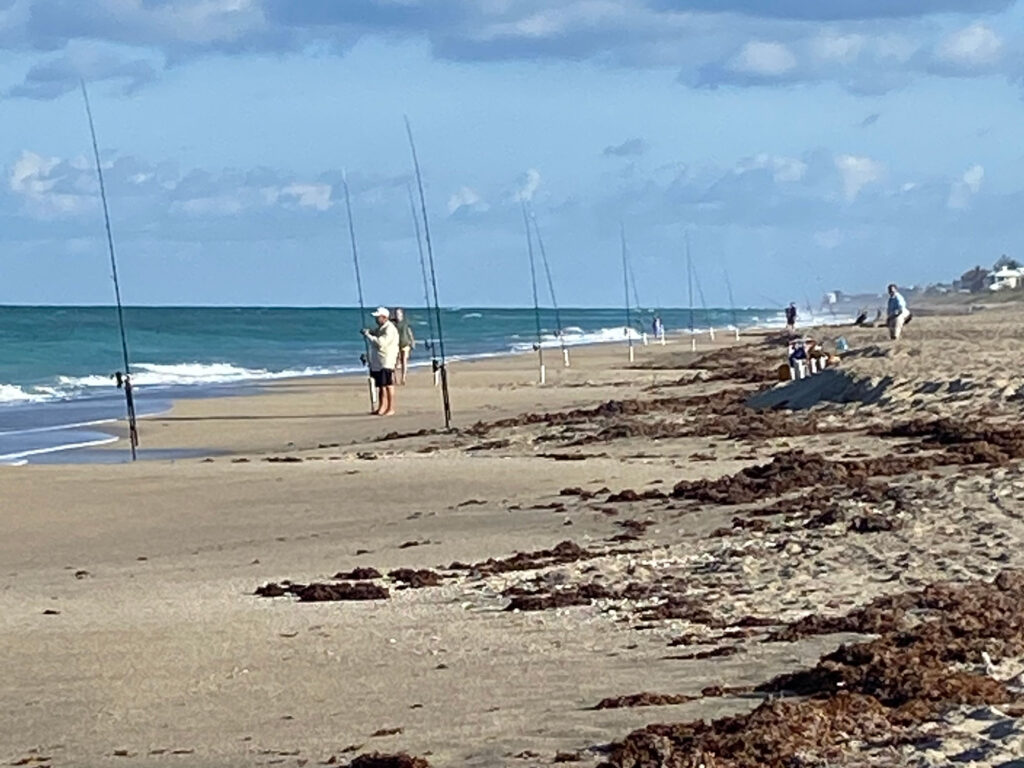
Fish Ranges Expanding Due to Climate Change?
Florida anglers are continually reporting catches of saltwater species farther north of their typical range, and just recently, multiple tarpon were spotted by anglers as far north as Maryland’s northern Chesapeake Bay. An occasional sighting has happened over the years, but this summer’s numbers are impressive. Warming Atlantic waters allow for this, and many biologists and anglers think climate change is the trigger. This is strictly migratory behavior — the tarpon must head back south as winter approaches, or they perish.
Florida snook are creeping northward into the Florida Big Bend. On the Gulf coast, snook typically ranged to Tarpon Springs, but by 2020 they were encountered in the Suwannee River, 80 miles to the north. Since that time, state wildlife researchers are hearing reports of the popular linesiders in the Florida Panhandle. The term “neo-native” applies to snook, and any fish species native to a particular region, but is expanding to nearby regions because of climate shifts, such as fewer hard freezes in winter.
Like tarpon, snook can’t withstand prolonged cold weather. In fact, snook typically die in water less than 50 degrees after more than a few days. You have to wonder if any snook in the Florida Panhandle have actually survived a winter? There was a small snook kill in 2018 around Crystal River, where snook were not present years ago. Three nights of freezing weather killed them.
And it’s no secret that the peacock bass, a tropical fish first released in South Florida canals and lakes to control other invasive species, are now flourishing in waterways as far north as Boynton Beach. The original northern range was northern Palm Beach County, with the epicenter of the population being Dade and Broward counties on the east coast. Gulf side, it was mostly Everglades waters, and Collier and Lee counties.
Peacock bass do not tolerate water temperatures under 60 degrees, though they have survived cold snaps in some of the deeper canals. Considering a recent string of warm winters, without hard freezes south of Orlando, it’s anyone’s guess how far peacock bass will push north.

